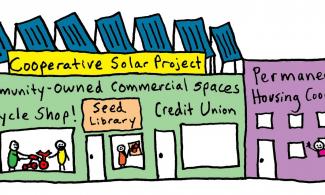
Header image via The SELC
This article intends to provide a primary theoretical framework for solidarity economy practitioners, as we continue to imagine and envision what our communities will look in the next few years.
There is only one way to get to build a culture of solidarity and that is by building new Self-Determined Solidarity Communities: SDSCs are places where people share in the creation of goods and services that are necessary for life. Moreover, SDSCs will be filled with people who are intentionally self-determined to love, share, and work together.
Many of the practices in this article exist today, but in isolated instances, what we need are collective ecosystems challenging the current social paradigm.
Community Cooperation
Many communities in the U.S. are in a state of disrepair, and the infrastructure crumbling. One example of how address the dilapidation and decay, is for SDSCs' members to band together to help repair each others homes through communal volunteer days. A communal volunteer day is where community members will gather to address the needs of their neighbors. For instance, lets say, an elderly couple needs to have their house repainted. A committee could be put together to plan and gather resources thorough-out the community to see what each community member can provide for the project, from paint, to labor, or any variety of things that will be needed to complete the job. Then once all of the supplies and volunteers are gathered, the committee can then plan for the volunteer day to be carried out.
Furthermore, since corporations have abandoned factories through-out our inner cities and left people without jobs or a means of stable income, the people left in our urban areas must reevaluate, re-imagine, and reinvent how we as a community can produce the things that we need to live. Just suppose, a community could have a place where people could go to make things like bikes, furniture, and other products. Such a technology already exits, in what is called a 3D printer. All that is missing is communal control of the technology for social proposes.
Another tool for building SDSCs are time-banks. Time-banks are a way we can exchange our gifts, talents and time to accomplish any given task. Briefly, time-banks allow its member to provide and accept credits for each act of assistance that each person gives.Time-banks present an avenue for neighbors to be reciprocal in their service to others without exchanging money.
Schools Re-imagined
Schools could be creative labs where students learn by doing, instead of children sitting in the classroom all day reading books and reciting back to the teacher what they remembered. They would go out in the community and observe nature, and learn by doing.
One illustration of this idea, is instead of reading about farming students could go outside and actually plant different fruits and vegetables. Also, schools would be open to the community, so no one would be without water, kitchens, computers, gyms/fitness centers, libraries, classrooms, etc. All of these assets should be galvanized to provide resources to the community as a whole, and why not, as the community pays for all of these amenities through taxation.
These new schools/community centers will help transform tour understanding of democracy.
Direct Democracy/Community Control
Through mechanisms such as peoples movement assemblies (PMA) which are gatherings where community members can make collective decisions about their community or just voice their concerns. Additionally, another form of community democracy that can be practiced is participatory budgeting. PB is a tool where neighbors, not representatives, can decide how some of their tax dollars are spent on communal projects like parks or recreation centers. Both practices; PMAs and PBs, allow us to understand that democracy is more than a get out the vote (G.O.T.V) effort. True democracy involves an ongoing educational process, where we can all actively engage in the governance structures that have a massive impact in and on our lives.
As police harassment and brutality continue to permeate through-out our communities. We need to think of different ways in which we can diminish the police presence and role in our lives. Community volunteer patrols made up of community members, is one way to solve this problem. Suppose that, each block could have a block captain who could engage people to volunteer to help walk or drive the block one hour each week or each month. These volunteers would be the eyes and ears of the neighborhood. Some of the volunteers could be trained in meditation and dispute resolution to deal with situations before they arise.
Community dispute resolution panels could be established; where the community can implement restorative justice, a concept that focus on repairing the victim as well as the offender, instead of punitive justice which seeks to punish the offender without rehabilitation. Community dispute resolution panels could be made up of a broad range elders, youths, etc. to address certain violations. One attribute of these hearings could be where the offender and the victim attempt to create a workable resolution to the situation, another example of restorative justice is, instead of a person paying a fine or serving jail time. Why not have the accused give volunteer time in the community where the transgression took place and have this person build a dialog with the neighbors in that immediate area?
These new SDSCs can be become whatever we what them to be. We are only limited by our imagination. Every community will look different, as different communities have different needs. But, the one common thread would be the principals of solidarity and cooperation. All, of these humanist mechanisms, can help us prepare for a new society. So, that we can be highly-evolved human beings in technologically advanced society, instead of a barbaric society living in a highly technologically advanced world.
Citations
Asar Amen-Ra (2019). Thoughts on Building Self-Determined Solidarity Communities. Grassroots Economic Organizing (GEO). https://geo.coop/articles/thoughts-building-self-determined-solidarity-communities

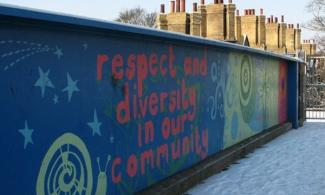
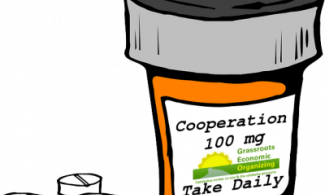
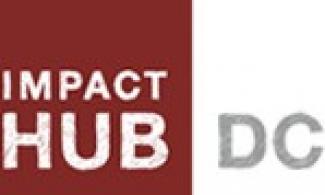
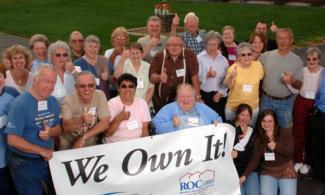
Add new comment